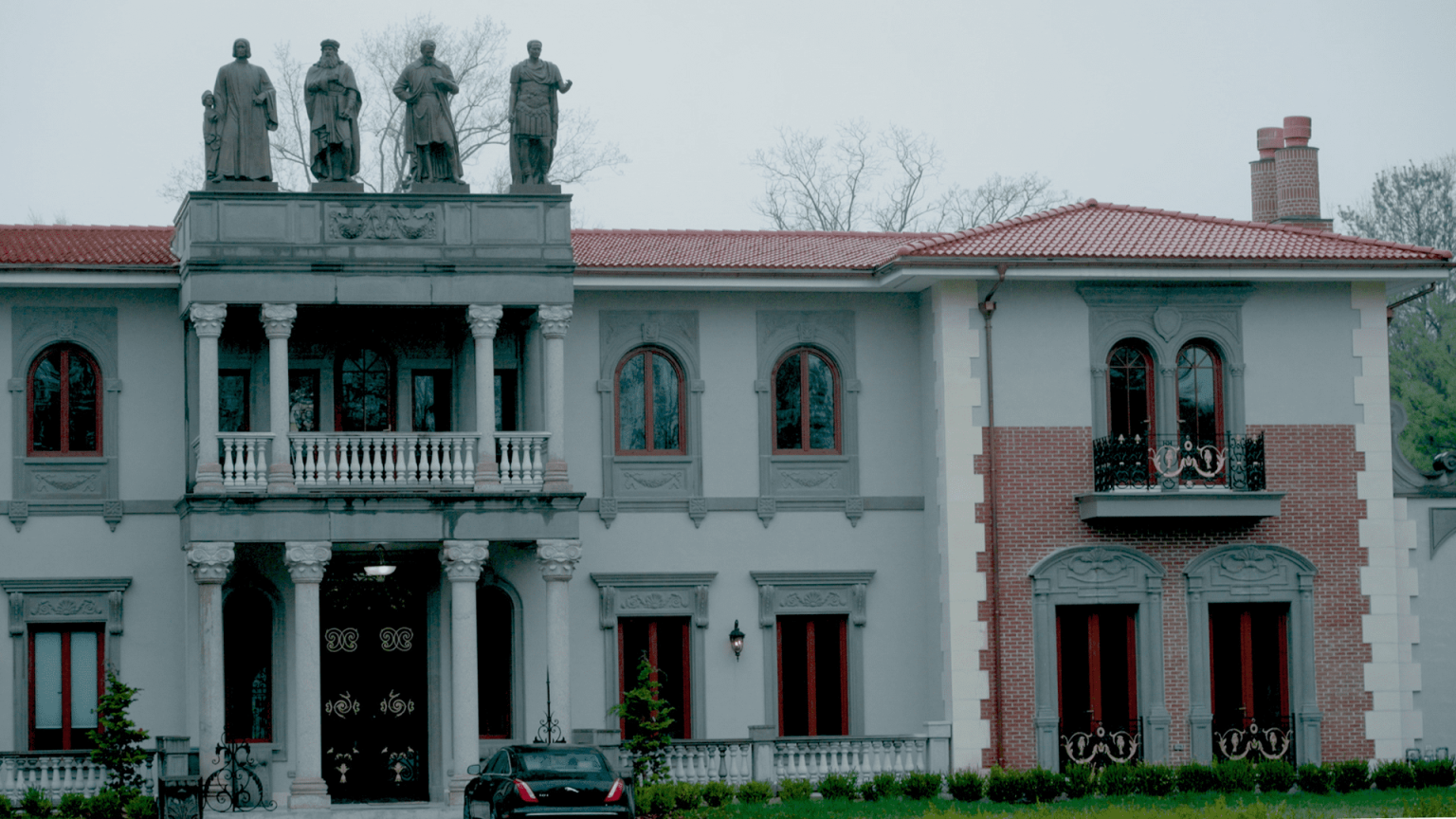The suburban phenomenon known as “McMansions” has shaped American housing trends since the 1980s, garnering both admiration and criticism for their sheer size and aesthetic choices. Despite ongoing debates regarding their craftsmanship and market viability, many Americans continue to flock to these expansive homes, sometimes seen as symbols of success. With the increasing disparity between housing supply and demand, especially post the 2007 housing crisis, McMansions remain a popular option for families seeking spacious living environments.
| Article Subheadings |
|---|
| 1) Rise of the McMansion in the 1980s |
| 2) The Current Housing Market Dynamics |
| 3) Americans’ Preference for Larger Homes |
| 4) Challenges in Home Construction |
| 5) McMansions: The Affordable Dream for First-Time Buyers |
Rise of the McMansion in the 1980s
The term “McMansion” emerged in the 1980s to categorize the new style of homes characterized by their oversized structures and often kitschy architectural details. Originally, these homes were constructed in response to the American dream of homeownership, aiming to encapsulate luxury and opulence. Despite their appeal, many critics argue that McMansions compromise quality for quantity, utilizing cost-effective materials such as stucco and vinyl siding, which can detract from their aesthetic value.
According to Kate Wagner, an architecture critic and the founder of the blog McMansion Hell, these homes often feature excessive amenities and room counts. The designs typically include large entertainment spaces, like home theaters and expansive living rooms, showcasing a lifestyle centered around entertaining guests. This focus reflects cultural trends of the time, particularly in areas that emphasized material success as a primary indicator of personal achievement.
The Current Housing Market Dynamics
Fast forward to today, the housing market is still feeling the ripple effects of the 2007 housing crisis. There has been a persistent underbuilding trend that has resulted in a historical gap between available housing and the number of new households being formed. As of 2024, this supply gap is estimated to reach 3.8 million homes, which exacerbates the problem of housing affordability and availability.
Home prices continue to rise, yet the production of new homes has not rebounded to levels seen before the crisis. Data from the Department of Housing and Urban Development indicates that both single-family and multifamily home constructions are lagging behind demand. As existing homes remain scarce, buyers are increasingly drawn to larger homes like McMansions, which promise more space for families at competitive prices.
Americans’ Preference for Larger Homes
Census data reveals that median home sizes in the United States have steadily increased over the last few decades. In 1993, the median size of a new single-family home was approximately 1,900 square feet, but by 2023, that number had escalated to 2,286 square feet. Concurrently, average family sizes have contracted, dropping from 2.61 individuals per household to 2.51.
This increasing demand for larger homes against the backdrop of shrinking family sizes may seem paradoxical, but it underscores a shifting value system in American society. Homes are now viewed as multifunctional spaces accommodating various lifestyles, reflecting changes in how families use their living environments.
Challenges in Home Construction
The construction industry faces several challenges that impact housing availability. Rising construction costs, driven by various factors such as inflation and tariff threats on materials like steel and aluminum, further complicate new home development. The National Association of Home Builders highlights these costs as barriers to expanding housing inventory, contributing to ongoing supply issues.
As a consequence, builders are turning to cheaper construction options, sometimes opting for the very materials that characterize McMansions. This has implications on durability and maintenance costs for homeowners, particularly first-time buyers unaccustomed to the pitfalls of these choices.
McMansions: The Affordable Dream for First-Time Buyers
Despite the criticisms surrounding McMansions, they have become increasingly appealing to first-time homebuyers who are navigating a competitive housing market. With limited homes available, McMansions, often found in suburban areas, offer an attractive solution for families seeking space without a prohibitive price tag. Joel Berner, a senior economist at Realtor.com, notes that the values associated with McMansions—as places where families can grow—still resonate strongly with prospective homeowners.
In neighborhoods that exhibit elevated housing demand, such as Bergen County in New Jersey, homes categorized as McMansions frequently attract bidding wars. Local real estate associate Melissa Rubenstein remarked on the frequent sales of such homes, suggesting that their size and amenities cater well to the aspirations of many first-time buyers in today’s market.
| No. | Key Points |
|---|---|
| 1 | McMansions emerged in the 1980s as symbols of luxury and large living spaces. |
| 2 | Despite critiques of their construction quality, many McMansions are sought after in today’s market. |
| 3 | The housing supply gap continues to rise, impacting the availability of homes. |
| 4 | The size of new homes is increasing while family sizes are decreasing. |
| 5 | Increasing construction costs present challenges to home builders, inflating property prices. |
Summary
The McMansion phenomenon reflects both changing consumer expectations and challenges in the housing market. As Americans continue to demonstrate a preference for larger homes, these substantial structures have become a symbol of success despite criticisms of their quality. The ongoing housing supply constraints, rising costs, and shifting demographics ensure that McMansions will remain relevant in discussions about American housing trends for years to come.
Frequently Asked Questions
Question: What defines a McMansion?
A McMansion is typically characterized by its large size, ostentatious design, and often uses low-cost materials for construction, creating a perception of poor craftsmanship despite their luxurious appearance.
Question: Why are McMansions still popular despite criticism?
McMansions offer families ample space at relatively lower prices in a tight housing market, making them appealing choices for many first-time homebuyers.
Question: What impact has the housing crisis had on home construction?
The housing crisis has resulted in a persistent underbuilding trend, with significant gaps between home production and new households forming, driving prices up and affecting the types of homes being built.


